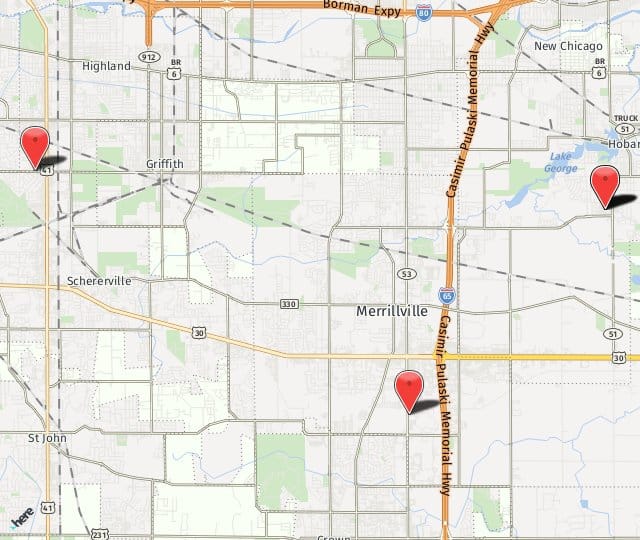Spondylolisthesis is a displacement of one of the bones of the spine. When the displaced vertebra slips out of its normal location onto the bone beneath it, it may compress a spinal nerve, causing pain. This condition most commonly occurs in the lumbar (lower) region of the back and may occur for a variety of reasons. Spondylolisthesis is graded by radiologists according to the amount of slippage that has occurred, Grade I being the mildest displacement and Grade IV the most serious.
Types of Spondylolisthesis
There are several different types of spondylolisthesis, differentiated by their causes.
Isthmic Spondylolisthesis
Isthmic spondylolisthesis results from a common congenital malformation that may lead to small spinal stress fractures which can decrease bone strength, allowing vertebrae to slip out of place. This variety of the disorder commonly occurs in children, but patients usually remain asymptomatic until adulthood.
Degenerative Spondylolisthesis
Degenerative Spondylolisthesis is a prevalent form of the disorder that develops during the aging process when arthritis is common. During natural deterioration, the spinal joints, called facets, wear down and may shift position.
Dysplastic Spondylolisthesis
Dysplastic spondylolisthesis is the result of a very rare congenital defect in which the lumbosacral joint is malformed. This malformation of the spine increases the risk of vertebral slippage.
Traumatic Spondylolisthesis
Typically caused by a traumatic impact injury, this type of spondylolisthesis is usually the result of a fracture. Traumatic spondylolisthesis is a very rare variety of this disorder.
Pathologic Spondylolisthesis
Pathologic spondylolisthesis is a form of the disorder that occurs because of an underlying bone disease, such as osteoporosis, or as a result of a bone infection or tumor.
Symptoms of Spondylolisthesis
The severity of spondylolisthesis symptoms is quite variable. Patients with spondylolisthesis may be completely asymptomatic or may experience symptoms ranging from mild to extremely serious. These symptoms may include:
- Lower back pain
- Upper leg pain
- Leg weakness
- Pain in the buttocks
- Tight hamstring muscles
- Extreme tenderness at the slippage site
- Stiffness, numbness or tingling in the region
Untreated, spondylolisthesis can lead to extreme postural difficulties, including lordosis (swayback) or kyphosis (hunchback). In extreme cases, these postural abnormalities, in turn, can result in diminished lung capacity or neurological problems.
Diagnosis of Spondylolisthesis
Spondylolisthesis is diagnosed through evaluation of a medical history, a thorough physical examination, and detailed X-rays of the spine. When the patient has pain when raising a straightened leg, this may be indicative of the disorder. Spinal X-rays will help the physician to detect fractures or misalignment of vertebrae.
Treatment of Spondylolisthesis
Treatment for the various forms of spondylolisthesis is considerably less varied than the subtypes of the disorder itself. Typically, treatment consists of pain management and rehabilitation. Patients are usually prescribed a regimen of physical therapy and non-steroidal anti-inflammatories for up to 6 months before surgery is even considered, since both conservative treatment and surgery have similar long-term outcomes and surgery involves a much greater risk of complications.
When surgery is deemed necessary, the procedure performed is normally spinal fusion, in which two or more vertebrae are joined using a bone graft and metal implants to keep the bones properly placed until bone growth is complete. Cutting-edge technology allows spinal fusion to be performed with an endoscope so that the targeted area is both magnified and illuminated. This technique results in a much smaller incision and a shorter recovery period.
Patients with spondylolisthesis may be advised to wear a back brace to relieve pain and stabilize the area either during conservative treatment or after surgery.

